-
Posts
2941 -
Joined
-
Last visited
-
Days Won
23
Content Type
Profiles
Forums
Blogs
Events
Gallery
Downloads
Store
Posts posted by RTz
-
-
This switch is also used to switch pick-ups on dual pick-up dizzy's.
-
...and now we return to our regularly scheduled programming...
-
I am not concerned at this point about frequency tuning.
You are, you just don't know it yet
 The length of the runner is all about frequency tuning. The length determines the timing of the returning pulse. Longer puts the return at a lower RPM, at the expense of high RPM restriction (function of CFM though a given size).
The length of the runner is all about frequency tuning. The length determines the timing of the returning pulse. Longer puts the return at a lower RPM, at the expense of high RPM restriction (function of CFM though a given size).(Ron, if you read this, is that 6 inches from the flange to the front side of the plenum or is that 6 inches TOTAL length to the backside of the plenum).
6" from face of head to inlet of runner (including the velocity stack).
Keep in mind, my prototype was built for a show car first and foremost. The difference in performance between a 6" runner and a 7" runner would be minor in this case, but the effect on appearance, with this particular manifold, would be pretty dramatic. A compromise was made at 6". Otherwise, I think a 7" runner would have been a better choice.
Also, in retrospect, I believe the 1.5" runner was a little oversize for the cam we settled on. A 1.4-ish runner would have bolstered the bottom-end with no loss on the top (and quite possibly would have shown a gain).
My question is about a blend of the two: large diameter runnger (1.5 ID) coupled with a longer runner such as the stock length of 7.5 in. Do you get the best of both worlds? If not, what would be the downsides?
Its commonly taught (and mirrors my experience) that runner diameter is the single largest influence on where the torque peek falls. Runner length, in normal scenario's, seems to have more impact on the area under the curve. In other words, how flat or peaky the curve is.
Keep in mind manifold design is both art and science, and a person could invest an entire career in manifold design. Its not always black & white... and the 'intuitive choice' doesn't always prove so.
-
720 crank degrees divided by 6 cylinders = 120. So... intake duration would have to be 120 degrees or less to avoid 'overlap'.
-
SBC conversions typically land weight distribution close to 50/50 with driver. I'm of the opinion that a slight rear bias should prove beneficial in a high powered car. The decision was made to offset the power-train rearward approximately 3" more than the common JTR arrangement. This will require some firewall mods to achieve... a price I'm willing to pay.
To avoid highly offset brackets or mounting mid-frame, I settled on a front-mount engine bracket from Speedway...

Finally settled on this motor-mount arrangement...

-
The battery tray was rusted out as usuall. I've found that its easier to 'sink' the battery than it is to restore its original home...

-
Over the last several years, I've grown to favor the attributes of power steering over those of manual steering. I settled on a T-Bird Turbo Coupe rack. At 2.4 turns lock-lock and nearly 12% more travel, its relatively quick... a plus for auto-crossing.

.
.

-
Why do I feel like Charlie Brown all of a sudden?
-
Six, everything Monzter has done is legal and I'm confident he intends to keep it that way. As such, we have no say in this.
Back on topic please.
-
I've often thought a KA-t would be just about the ideal powerplant for a 510. There's a local chap that's done just that... and then some. Its one of the most impressive 510's I've witnessed...

.
.

.
.

4-link rear suspension...

-
Stopped by PDX on my morning commute...

I'm really happy with this lens. It covers most of what I wish to do, and the VR has allowed me hand-hold down to 1/2 second. VR rocks!
Hey ron what did u find dissappointingIts mostly minor annoyances...
LCD review is set to 4 seconds. Can't change it. Hate it.
The grip height is shorter and I have large hands... pinkie finger hangs off the bottom so its not as comfortable.
Upload door is not as convenient.
The SD card door is spring loaded and easy to inadvertently pop open.
Trash button, which I use religiously, is no longer on the right. Its on the left side now and requires you to remove your hand out from under the lens to operate. D70 is just a simple thumb move. Nikon also added a delay (about a second) for 'double clicking' to toss an unwanted picture.
*BUT*, for every item in that list, I've found at least 10 things that are improved.
I've only spent a couple hours with it. I suspect more of the good and the bad will surface in time.
... and now that you got a nice lense, have you considered a nice flash? SB600?
Me and flashes just don't get along. There are some people that are 'magic' with them... not me. I suck. I don't get very excited about buying an expensive flash, keeping it charged, lugging it around, only to take worse pictures. Maybe someday I'll get the urge to understand it better but, for know, I've got my hands full just pushing the shutter release

-
After much deliberation (and probably all reasonable sensibility) I sold my venerable D70 and purchased a D80 and Nikkor 18-200 VR lens. It arrived this evening with me hastily charging the battery, thumbing through the manual, and doing the happy dance, I decided to take a picture. Mind you, I wasn't trying to set the world afire, but I did want to test the waters just a tad. So... in very poor lighting, at 200mm, ISO 1600, handheld at 1/8 sec, out popped this....

The only PP was a smidgen of sharpening. No cropping, color balance, etc. The bill was wavy which probably explains the blurry upper left and top portion. Considering the cavalier nature of the pic., I'm pretty dang happy.
After about 30 minutes of foreplay, there are some distinct difference's between the D70 and D80... some of which I'm tickled pink, and some are disappointing. Overall, I'm looking forward to the new challenge.
-
I have had several vehicles that have only spun a single side no matter how you pointed them.
Live-axle cars are notorious for that.
-
Olie,
Interesting article. In general, there is some truth (with respect to autocrossing), but its just not reality in most cases. Have a look at National results. There are no 'fast' cars with open diffs. Not FWD or RWD. Admittedly, some people are successfull on 'light' diffs, but not commonly with open diffs. Its very rare. An example might be open-wheeled cars, with their low CG's/wide track/aero, but production based cars, overall, need LSD's to be competitive.
-
? Jon... does a non LSD diff leave two burn out marks?
They can, and often do, in a straight line.
I will research this but I do believe both 75's and 76's came with r200's that had some type of "posi" system.
Sorry, not from the factory.
-
"Stuck between two motors"
Ouch! I hope it doesn't hurt...if one is a four-cylinder it might not hurt as bad as being stuck between a V8 or L6. (j/k my dry humor couldn't resist)
Funny, I was thinking the same thing before I opened... must be the water

Guy's, he asked opinions on two specific motors...
After really debating what i want to do with my 240Z i have at least narrowed it down to two motors i want to put into it....Lets go with those... we have plenty of 'this engine is better' threads.
-
I know nothing about Moneybookers, but I Googled 'em and got good, bad, and worse. Here's a few links...
http://en.wikipedia.org/wiki/Moneybookers
http://forums.ebay.co.uk/thread.jspa?threadID=200304194&tstart=0&mod=1202021343865
http://www.rotorblog.com/2007/04/15/moneybookers-paypal-alternative/
http://www.talkgold.com/forum/r13662-.html
-
Borrowing an old cliche... Just Do It.
JM hit the nail on the head. You wont even believe its the same car. Its a 'must have' if the funds are available.
-
The inlet is plugged for now so I can mess with it later.

You won't be able to use a filter on that else you'd have a boost leak. It needs to return somewhere downstream of the turbo (pre-throttle).
-
The OE valve is 'normally open' and closes slowly as voltage is applied (heated element).
Its not an integral part of the EFI (ECU has no control over it and isn't aware of its existance). All thats needed to make it work is a ground on one side and switched power on the other. You can use your fuel pump relay to power it if you wish.
-
-
Engine wants to idle at 10.9:1 - 11..3:1, rich, I know, but when I crack the throttle, it instantly goes extreme lean.
Is AFR steady or hunting?
-
Actually 75's came with the ammeter also.
Like cars, older planes use them as well. I'm allergic to ammeters. Don't like 'em. Pretty sure I never will.
Any Z I 'keep' gets a voltmeter.
-
Below is an anecdote by a CF (carbon fiber) manifold distributor, and his thoughts on FG (fiberglass) manifolds, with respect to E30 M3's...
"We dont make a FG airbox for a few reasons: it is not as strong structurally. FG will shatter, develop cracks, and/or deform more easily over time and in the harsh environment of the engine bay (heat and vibration). Not to mention, if you ever get intake reversion which is when during the overlap phase (both intake and exhaust valves open) the hot exhaust gases enter the airbox and mix with fresh fuel mixture -- you can have gas combusting inside the airbox. This can happen on fast throttle transitions. The engine doesnt like to suck in dust and other bits and pieces out the FG airbox.
CF is more thermally stable and stands up to underhood termperatures better over time, so you dont have migration problems. CF has great thermal isolation, which means the outside of the airbox can get hot, but the inside remains cool. For a cold air intake system, that makes CF the much better alternative.
The factory race teams didnt (and dont) use CF because it looks nice, they use it because the material is superior in literally every category. So from an engineering perspective, CFK is the clear winner. If you look at 20 year old CF airboxes, unless theyve been damaged during a crash, they are still in great condition structurally. If they are not visually in good condition, that can be fixed relatively easy.
As with many things, sometimes the higher initial investment ends up being the less expensive solution over time."
Hope this helps.


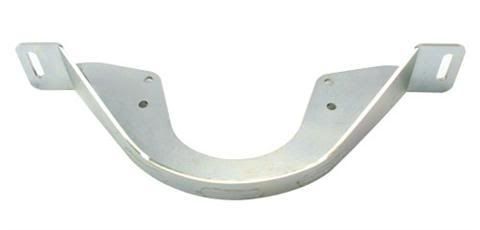

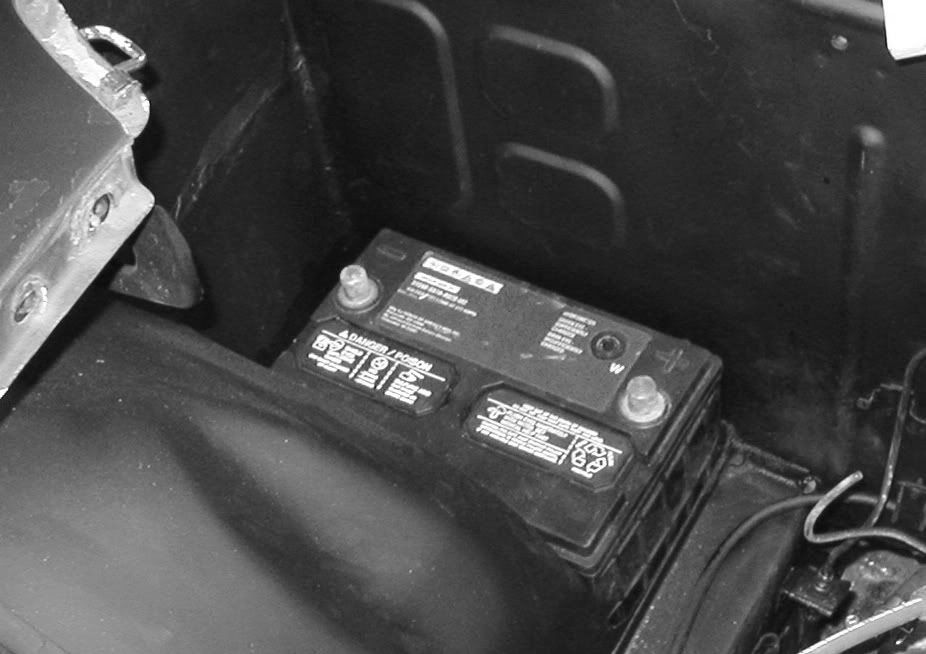
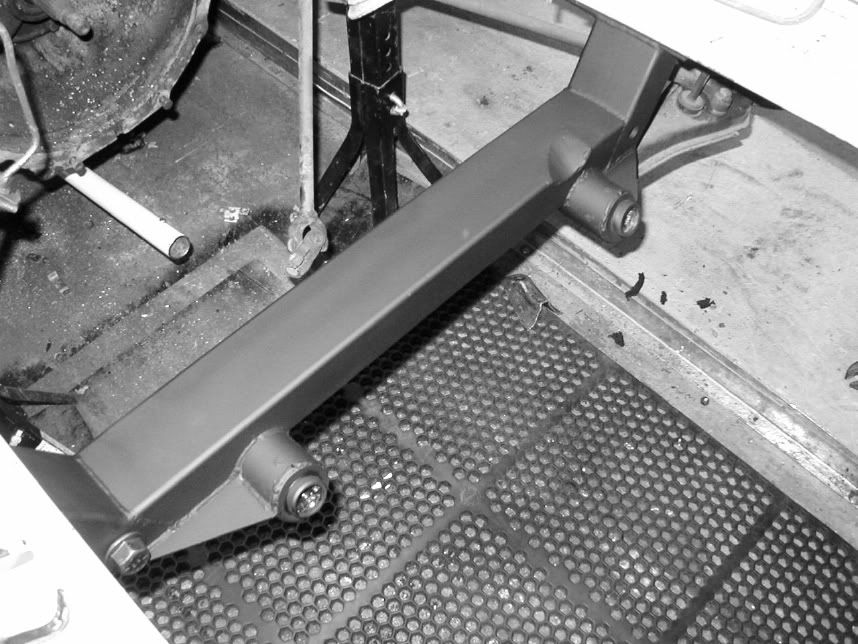
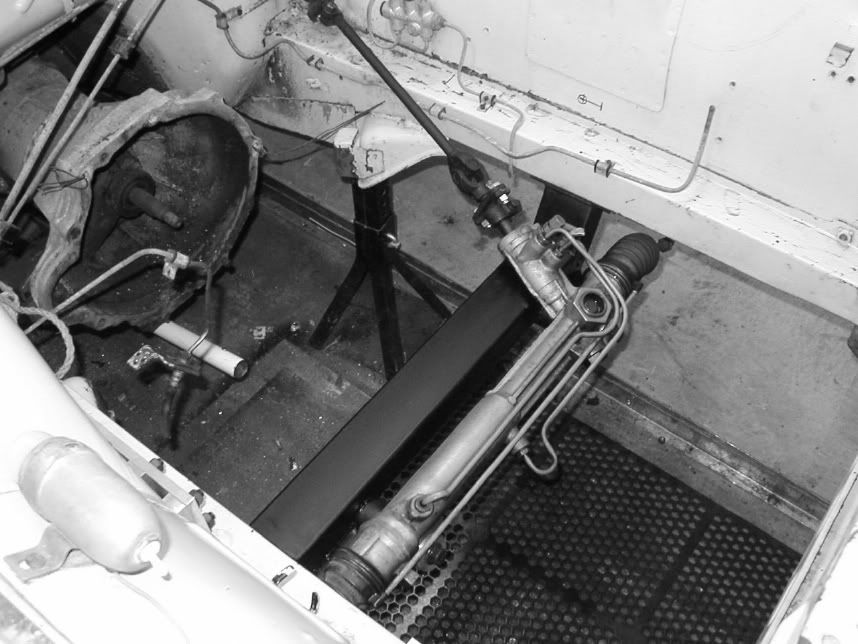
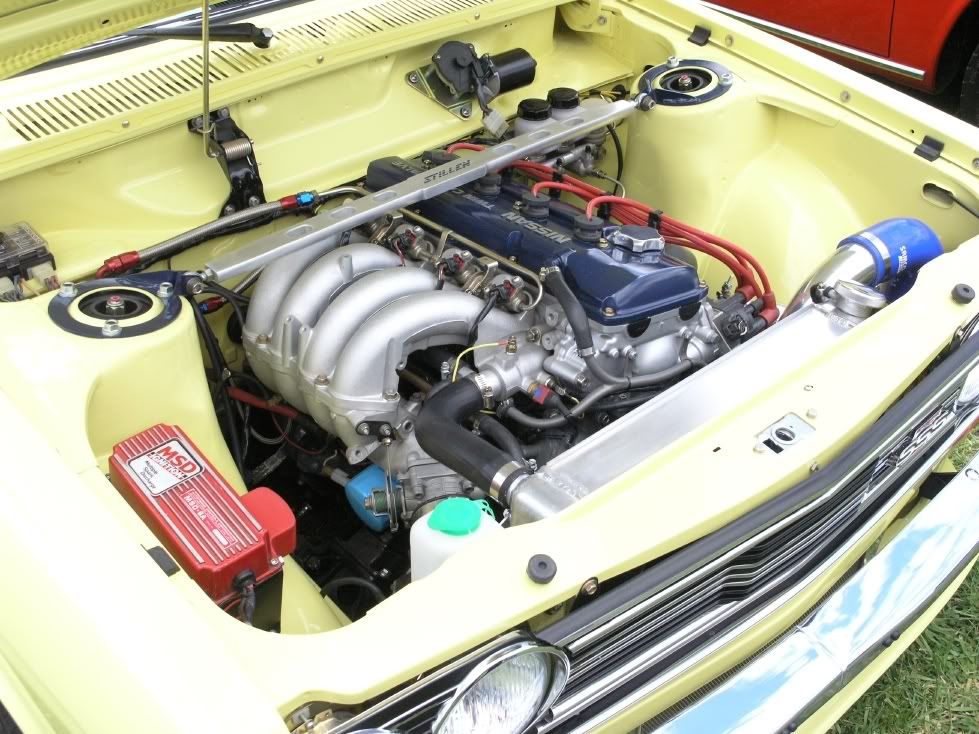
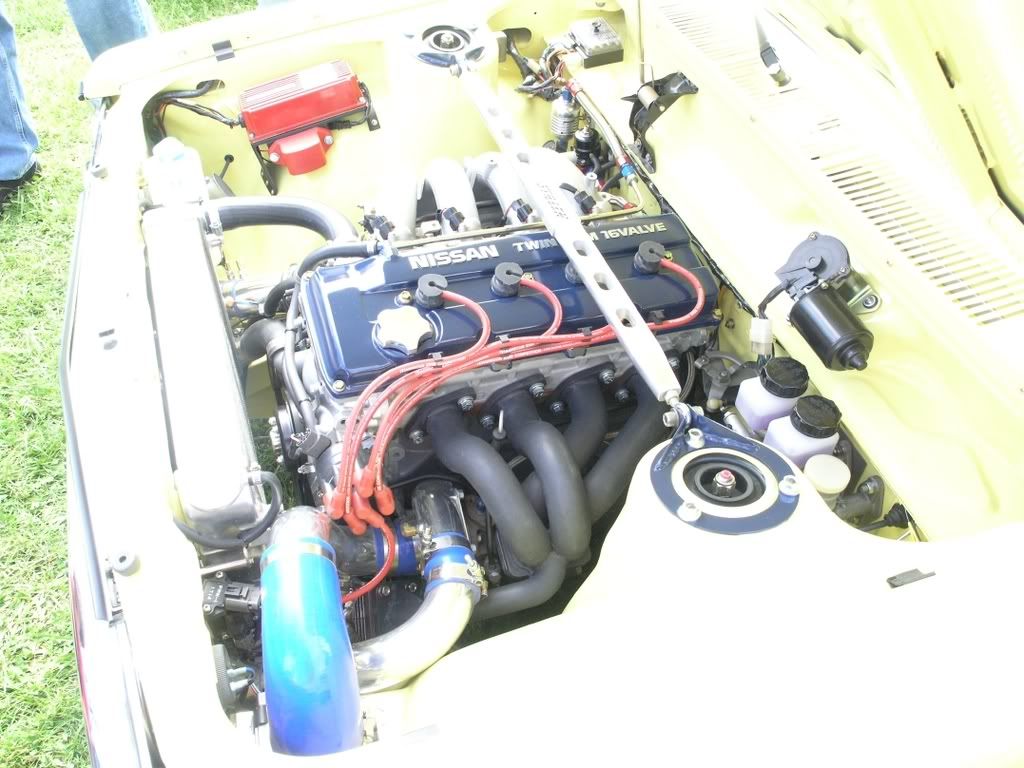
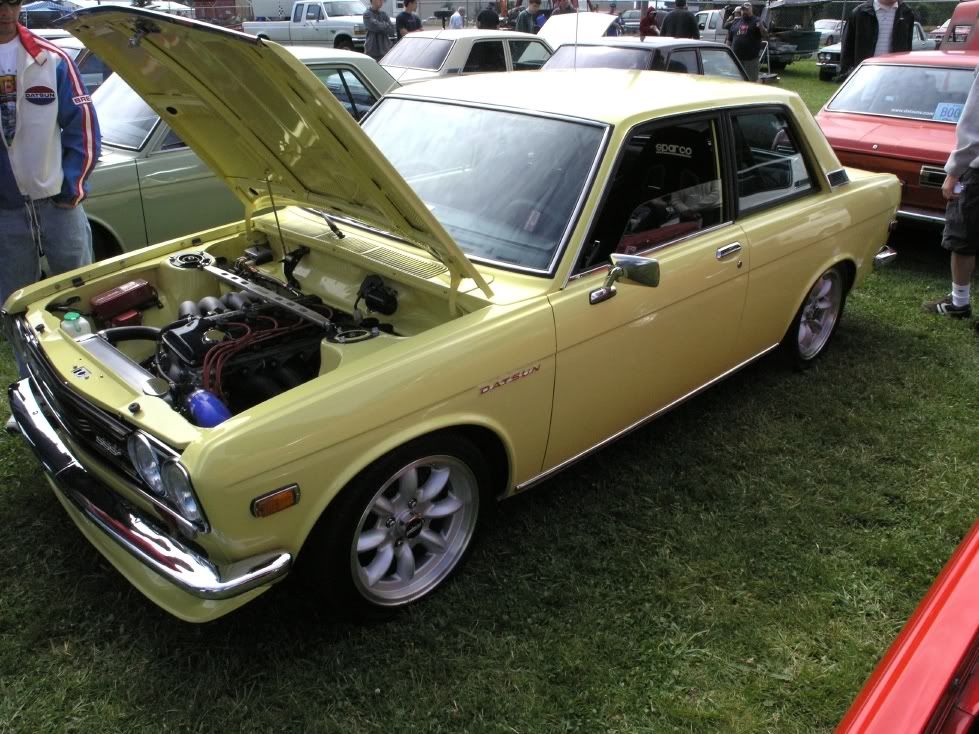
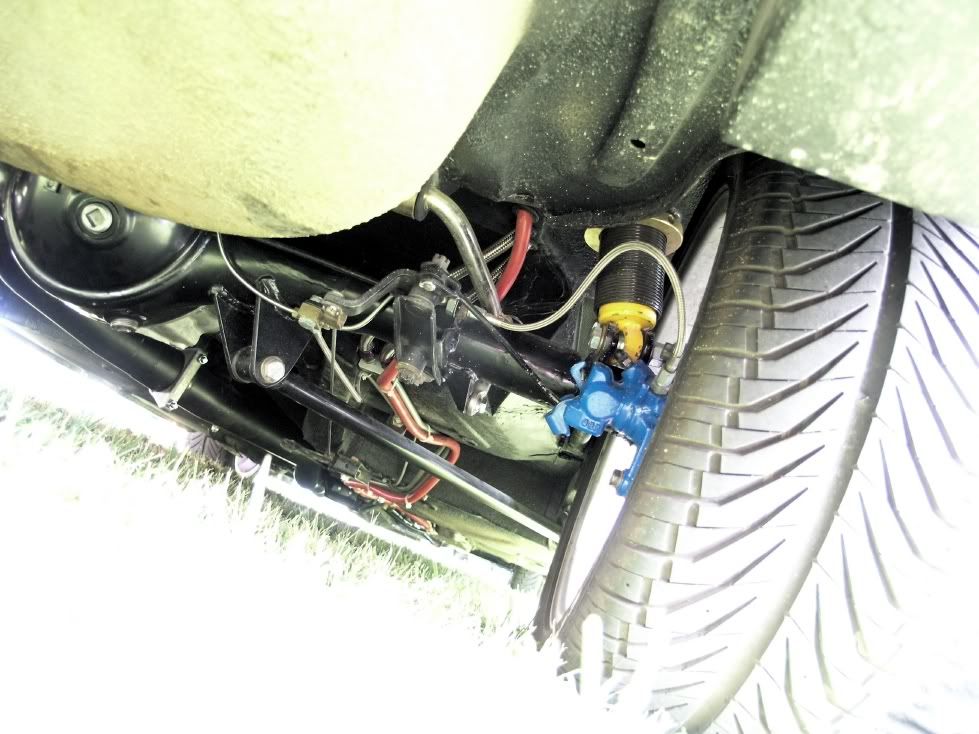


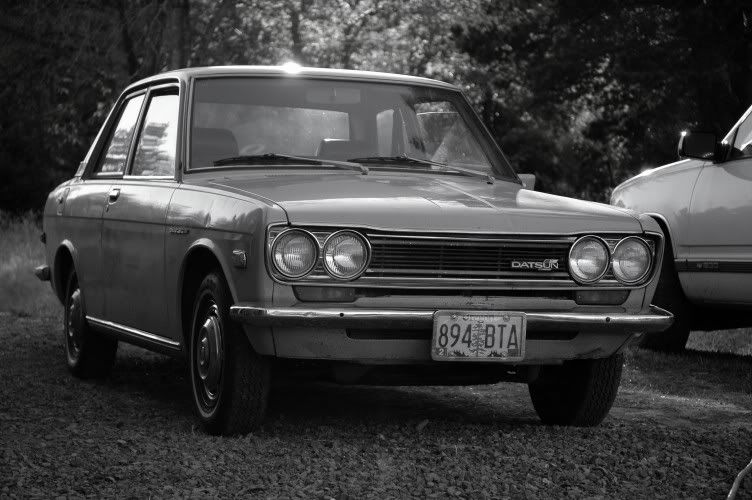
One More Question - Amp Meter
in Gen I & II Chevy V8 Tech Board
Posted
Yes.